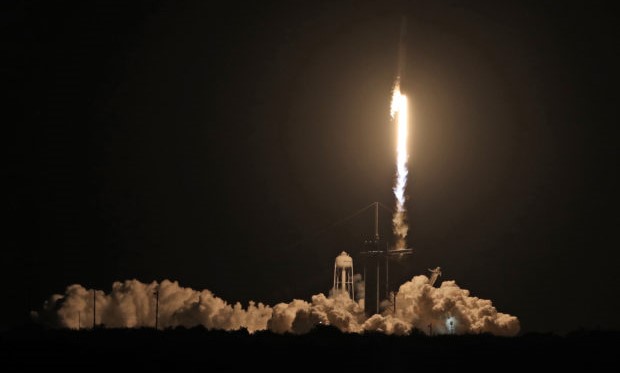On the 3rd of February, SpaceX (Elon Musk’s aerospace company) launched 49 satellites to add to their Starlink internet mega constellation. A day later, 40 of those newly launched satellites were doomed – expected to be out of commission due to geomagnetic storms.

For those who aren’t familiar with Starlink, space.com describes it as “a satellite network developed by the private spaceflight company SpaceX to provide low-cost internet to remote locations.” When the first set of satellites were launched in 2019, there were hopes to have as many as 42,000 table-sized satellites in a mega constellation floating in low orbit. Today in early 2022, there are more than 1,800 functional satellites in Starlink, with more to come soon.
However, when a SpaceX rocket launched 49 satellites to join Starlink last February 3, 40 of those satellites were hit by a geomagnetic storm just a day later. These storms are intense solar winds that can affect the atmospheric density and thus also affects satellites in low orbit.
SpaceX’s satellites get launched around 130 miles above Earth, but it turns out that the geomagnetic storms affect the atmosphere in those heights. The storm increased the atmospheric drag up to 50 percent, causing most of the newly launched satellites to veer way off course – going too high and eventually falling out of orbit. Those unlucky 40 satellites will float around like space debris, but according to SpaceX, they won’t collide with other satellites.
It is important to note that the Starlink project and megaconstellations, in general, have faced criticisms from astronomers due to the light that they emit. These large amounts of light can interfere with galactical observation. Piero Benvenuti, Former General Secretary of the International Astronomical Union (IAU), had this to say about megaconstellations:
“In the past, the main source of interference was the light pollution produced by the urban illumination, the so-called artificial light at night. But more recently, the impact of the large constellations of communication satellites became a more serious concern because of their ubiquitous invasiveness.”
Other POP! stories you might like:
Victor Glover becomes first Black Astronaut to live in space
NASA names new space telescope after its first woman executive, Nancy Grace Roman
Google takes you on a ‘virtual field trip’ to the International Space Station


